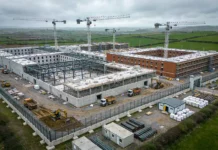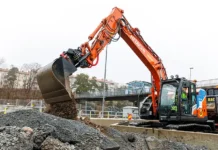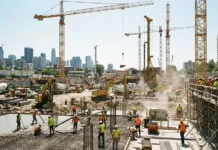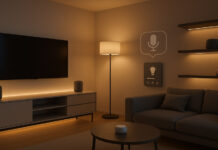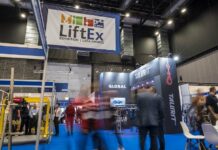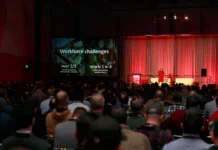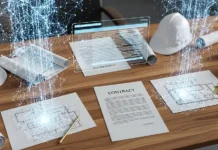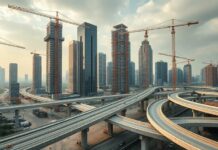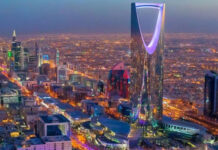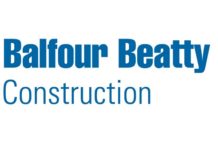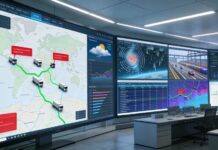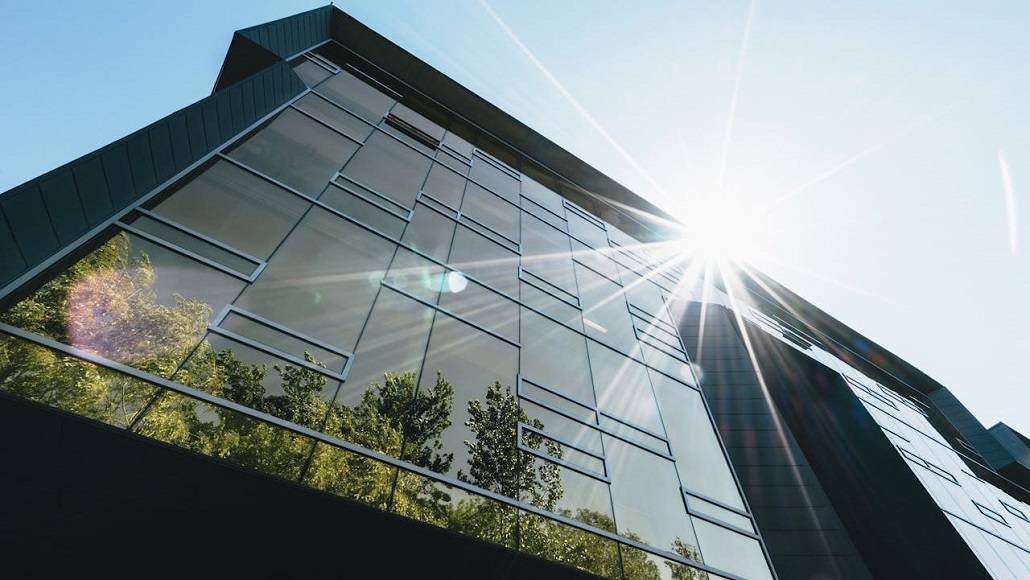First impressions aren’t just for people—they’re critical for buildings, too. For commercial properties, the exterior sets the tone for everything inside. Whether it’s a retail store, office building, or restaurant, the outside of your space speaks volumes to potential customers, tenants, or clients before they even walk in the door.
And in today’s highly visual world, a basic facade just doesn’t cut it anymore. A well-designed commercial exterior can do more than attract attention—it can increase foot traffic, reinforce branding, and even improve property value.
Let’s look at the exterior features that make a lasting impact, and how to build smarter, more inviting commercial spaces.
Make Your Entrance Count
The entrance is where curb appeal begins. If it’s underwhelming, cluttered, or confusing, it can instantly turn people off—no matter how great the service or product inside.
Clear signage, clean walkways, and welcoming landscaping go a long way. But even small touches, like adding a pop of color to the front door or incorporating materials like wood, glass, or steel, can elevate the feel of your entry.
Lighting also plays a huge role. A well-lit entrance feels safer, more modern, and more accessible. Whether you go for traditional sconces, recessed lighting, or something bold and contemporary, lighting should highlight your entrance and invite people in—not leave them guessing where to go.
Add Personality with Signage and Lighting

Signage is more than functional—it’s part of your brand. A bland, outdated sign might be technically accurate, but it says nothing about your business’s personality. Instead, choose materials, fonts, and designs that reflect your identity.
Neon is making a big comeback in commercial design, not just for retro diners or bars, but as a stylish, energetic accent. Adding a glowing custom sign outside your building is a fun, modern way to make your space memorable and visible from a distance, especially at night. High-quality neon-style signage adds both functionality and flair without overwhelming the architecture.
It’s not just about visibility—it’s about vibe.
Landscaping that Works Year-Round
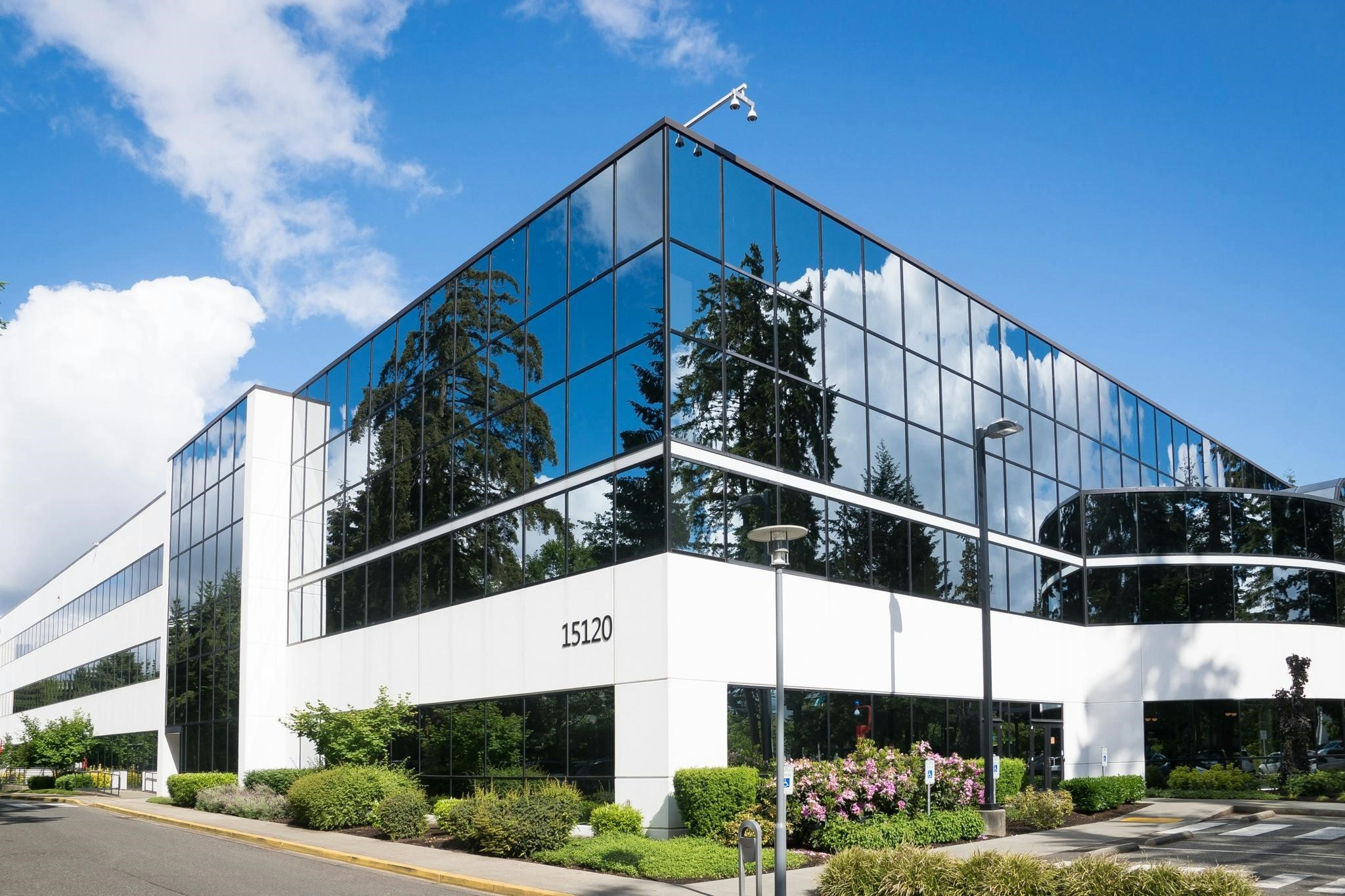
Landscaping is one of the most underused tools in commercial design. It doesn’t have to be elaborate, but it should be intentional. A few well-placed planters, seasonal flowers, or low-maintenance shrubs can instantly make your property feel more cared for and approachable.
Incorporate greenery near entrances, walkways, or window lines where people gather or pass by. And don’t forget lighting here too—illuminated landscape features can keep your property looking sharp even after dark.
Plus, natural elements can improve mood and perception. Studies show that adding greenery around commercial buildings can increase perceived value and even encourage longer visits.
Don’t Overlook Weather Protection
While aesthetics matter, durability matters more. Weather takes its toll on every building, especially the exterior. From sun-fading signs to water-damaged facades, the elements can wear down your investment over time.
Make sure your exterior materials are suited to your climate—UV-resistant paints, rust-proof metals, and treated woods can extend the life of your building’s face. Gutters, roofing edges, and window seals should all be inspected regularly to prevent costly repairs later on.
When damage does occur, addressing it quickly is key. Working with professionals who specialize in water damage restoration can help protect your building’s structure and prevent mold or foundational issues that creep in unnoticed. It’s one of the most important long-term maintenance investments you can make.
Sustainability Is a Selling Point
Today’s businesses and tenants are increasingly eco-conscious. Exterior features that support sustainability not only appeal to this mindset—they often result in lower operating costs over time.
Consider installing:
- Solar-powered exterior lighting
- Permeable paving that reduces runoff
- Reclaimed or recycled materials in signage or decor
- Rainwater collection systems for landscaping
- Energy-efficient windows or shade systems
These updates signal your commitment to the environment and can even improve your eligibility for certifications like LEED or Energy Star.
According to the U.S. Green Building Council, LEED-certified buildings use 25% less energy and 11% less water than non-certified buildings —proof that smart design really does pay off.
Final Thoughts
Your building’s exterior is more than just a shell—it’s a strategic opportunity to attract, impress, and retain. By focusing on thoughtful design, durability, and features that reflect your brand, you’re creating a space that stands out from the crowd—and invites people in for more than just a look.




